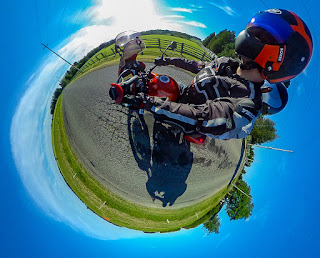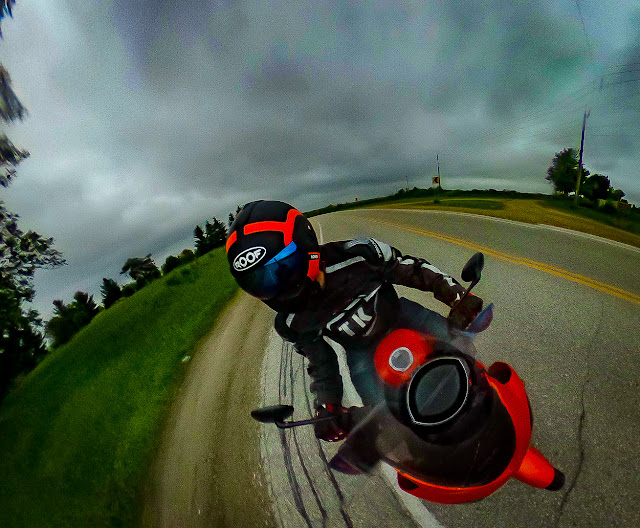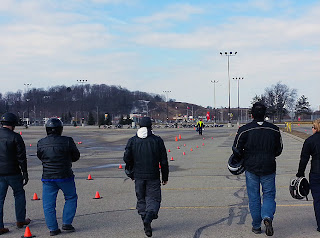As I got into motorcycling, I came across Ewan McGregor & Charlie Boorman’s Long Way Round. I HIGHLY recommend it if you enjoy travel documentary. The Long Way Down is a second trip they took that felt a bit more rushed, but still very enjoyable.
The idea of being on a bike, out in the world, and seeing the world, has real pull for me. And so… the Pan American Motorcycle Diaries: From Toronto to Rio for the 2016 Olympics. Courtesy of Straw Dogs (originally published February, 2013):
The North and Central American ride
- gearing for 500kms a day in the States, 2-300 a day in Central America
- minimizing interstate/get there fast without seeing anything roads
- the idea is to get away from the local touring scene as soon as possible and get into the once in a lifetime bit (Central & South America)
 |
| The direct route: minimal highway travel in The States |
The South American Ride
| A much shorter and cheaper ocean voyage, then south through Columbia |
| PAMD2.0: from north to west to east in South America |
Using the new ferry service from Colon, Panama (on the Carribean side) to Cartegena on the north coast of Columbia.
- much cheaper than trying to charter a boat down the Pacific side
- regular, dependable service
- more than enough space for everyone to go at once
| Chilean Atacama Desert & Volcanoes |
The South American portion now includes Columbia and an angle through the Atacama desert in Chile. The end result is a more economical, shorter trip (though with more time on the ground in South America) and we still get to add another two countries to the roster.
- 7000kms in North & Central America (6 days in The States at 500kms a day, 22 days in Central America at 2-300kms a day)
- A 500km/7 hour ferry trip from Panama to Columbia
- 8000kms in South America (27 days at 300kms/day)
May 17th, 2016 departure from Southern Ontario.
North & Central America: 7000kms
USA: 2700kms to the Mexican border ~ 6 days, 6 nights
MEXICO: 1800kms to Guatamala ~ 7 days, 7 nights
GUATAMALA: 300kms to El Salvador ~ 2 days, 2 nights
EL SALVADOR: 328kms to Honduras ~ 2 days, 2 nights
HONDURAS: 150kms to Nicaragua ~ 2 days, 2 nights
NICARAGUA: 360kms to Costa Rica ~ 2 days, 2 nights
COSTA RICA: 560kms to Panama ~ 3 days, 3 nights
PANAMA: 581kms to Colon (ferry) ~ 4 days, 4 nights
North America: 6 nights
Central America: 22 nights
South America: 9500kms
COLUMBIA: to Ecuadoran border 1550kms ~ 6 days, 6 nights
ECUADOR: to Peruvian border 931kms ~ 3 days, 3 nights
PERU: to Chilean border 300kms ~ 2 days, 2 nights
CHILE: to Bolivian border 288kms ~ 2 days, 2 nights
BOLIVIA: to Brazilian border 1566kms ~ 6 days, 6 nights
BRAZIL: 1866kms ~ 7 days, 7 nights
South America: 26 nights
Basic budget
- Gas per day ~ $30 avg (higher in expensive countries, lower in cheaper countries)
- lodging per day ~ $60 avg each (shared accommodation)
- food per day ~ $40 avg (lower/higher)
- ~ $130/day/person
- 54 day trip = ~$7000 each










































